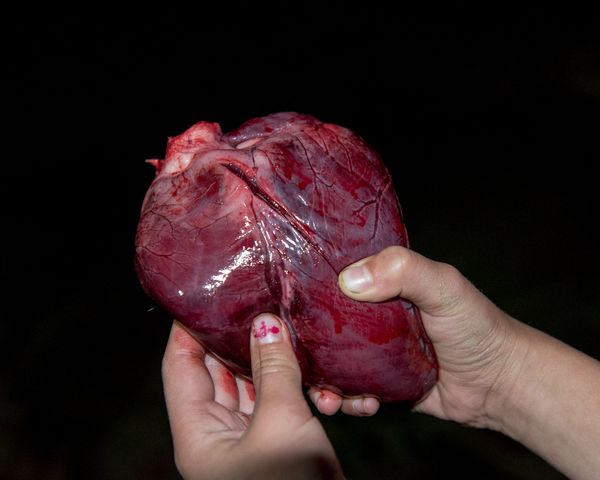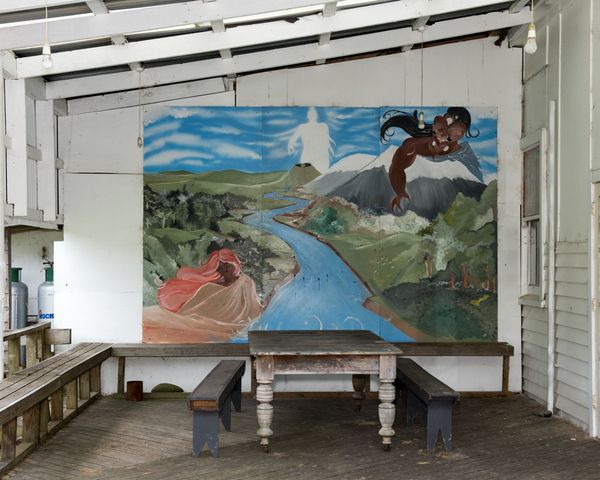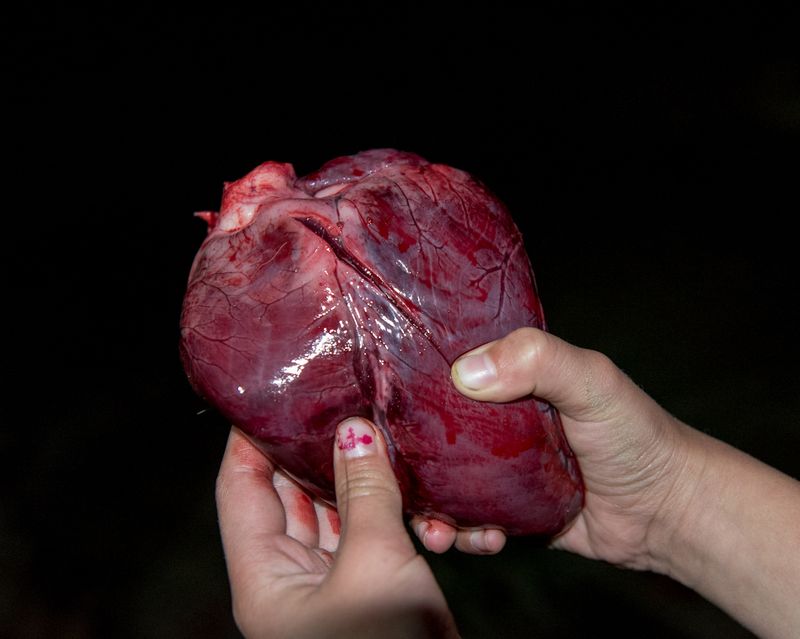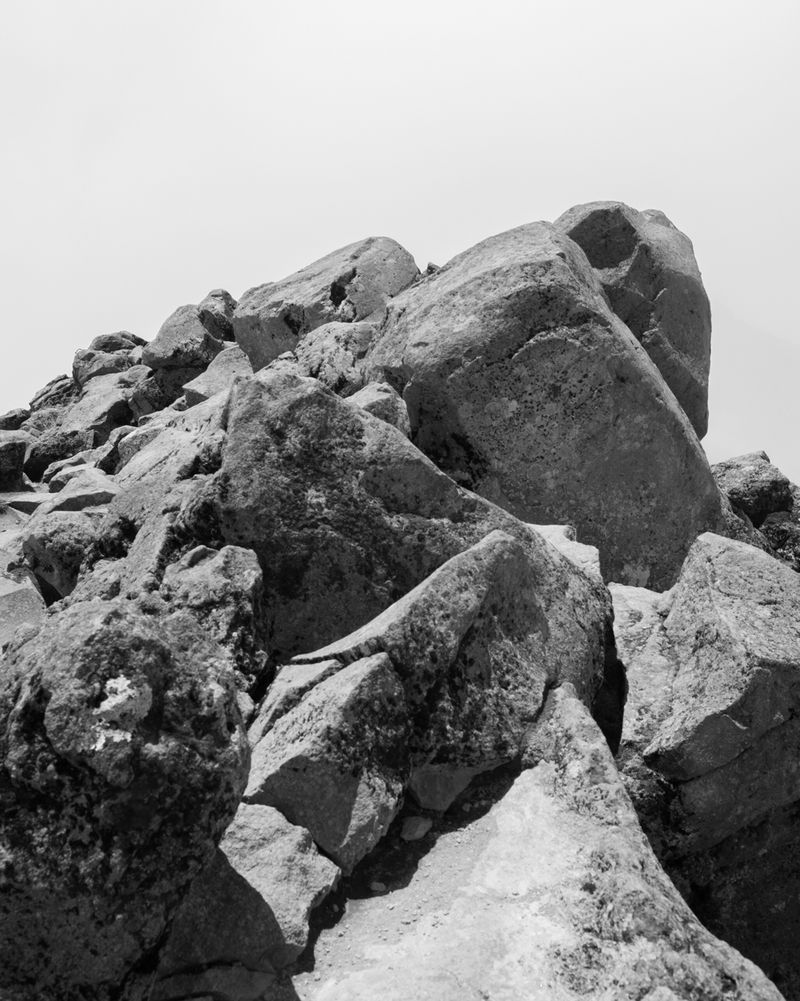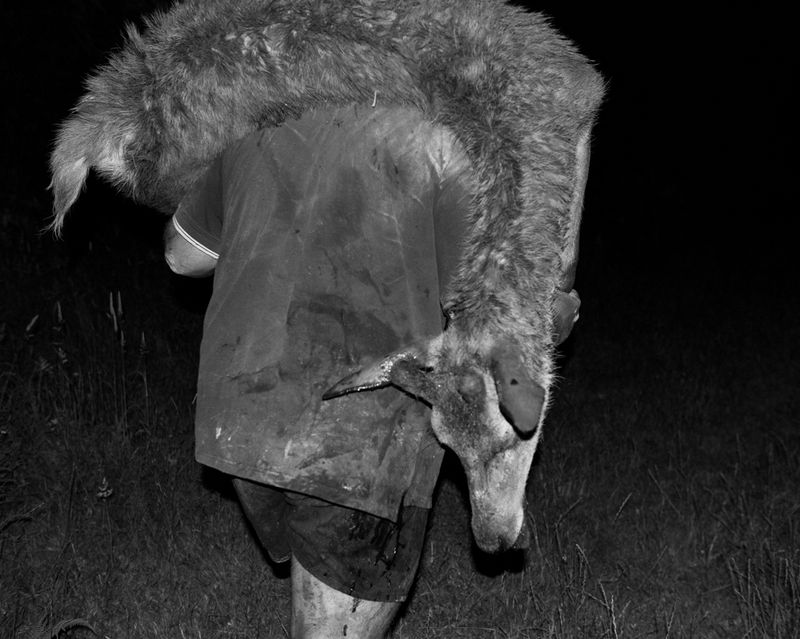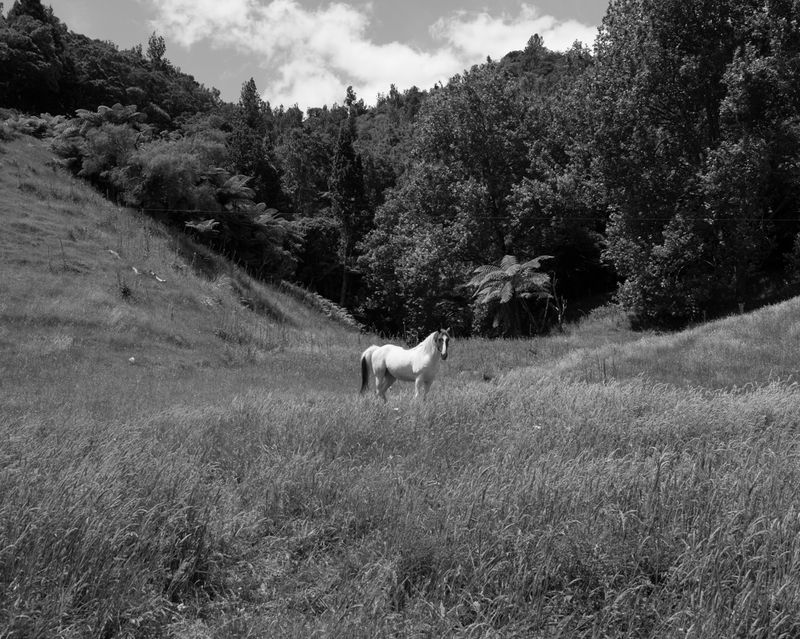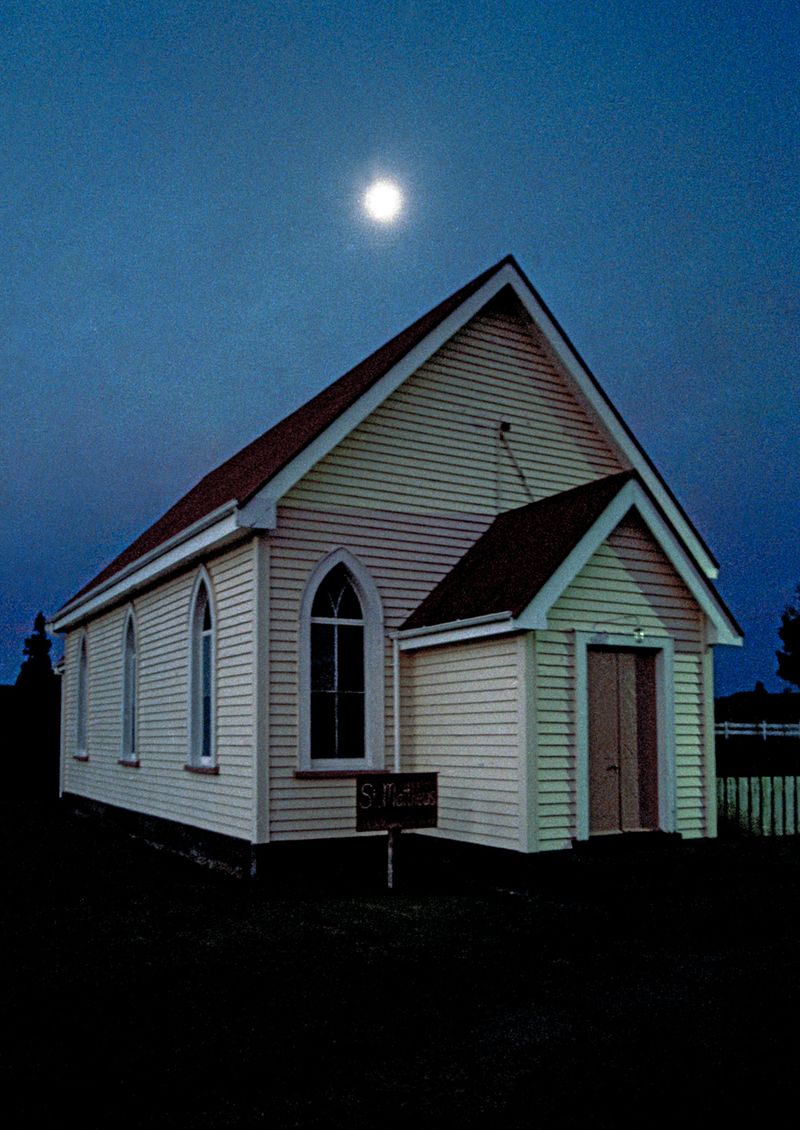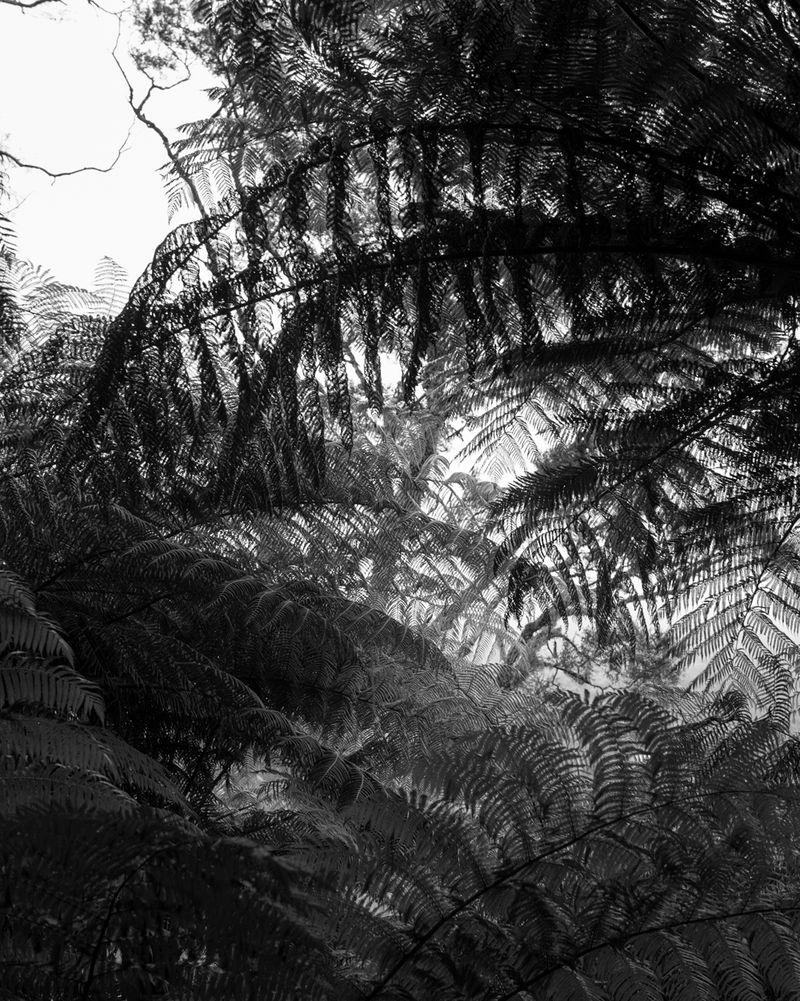The Spiritual Relationship between Māori Communities and the Whanganui River
-
Published19 Aug 2019
-
Author
Returning to New Zealand more than two decades after his first visit, Martin Toft looks to revive the kinship he once had with the indigenous population and explore the projects that led to the Whanganui River becoming recognised as a legal entity.
Returning to New Zealand more than two decades after his first visit, Martin Toft looks to revive the kinship he once had with the indigenous population and explore the projects that led to the Whanganui River becoming recognised as a legal entity.
New Zealand’s Whanganui River is the lifeblood of the Māori. The tribes of Whanganui take their name, their spirit, and their strength from this great river, which flows from the mountains of central North Island through to the Tasman Sea. In 1996, I spent six months in the middle and upper reaches of the Whanganui River in an area known as the King Country. Here I met Māori who were in the process of reversing the colonisation of their people and returning home to their ancestral land, Mangapapapa, on the steep banks of the river inside Whanganui National Park.
At the end of my journey I was given a Māori name Pouma Pokai-Whenua. Returning 20 years later to rekindle our spiritual kinship, Te Ahi Kā explores the physical and metaphysical relationship between a river and its ancestors, between Māori and myself. Published as a book in November 2018, the narrative is situated within the context of the current Whanganui River Deed of Settlement, named Ruruku Whakatupua in the Māori language, and the projects led by local Iwi to settle historical grievances with the government that date back to the 1870s. At the heart of all this is the Whanganui Iwi claim to the river, which is seen as both an ancestor and a source of material and spiritual sustenance. The settlement recognises the ancestral river as a living being – a person with its own legal rights. It is the first waterway in the world to gain this status.
Words and Pictures by Martin Toft.
Martin Toft is a Danish photographer currently based in Jersey. In his practice he combines documentary and fine art approaches to explore social, anthropological, and cultural themes, and he often immerses himself in communities for long periods of time. His work is underpinned by archival, historical, and conceptual discourse using lens-based media across photography, video, sound, and text. Find him on PHmuseum and Instagram.
---------------
This feature is part of Story of the Week, a selection of relevant projects from our community handpicked by the PHmuseum curators.
